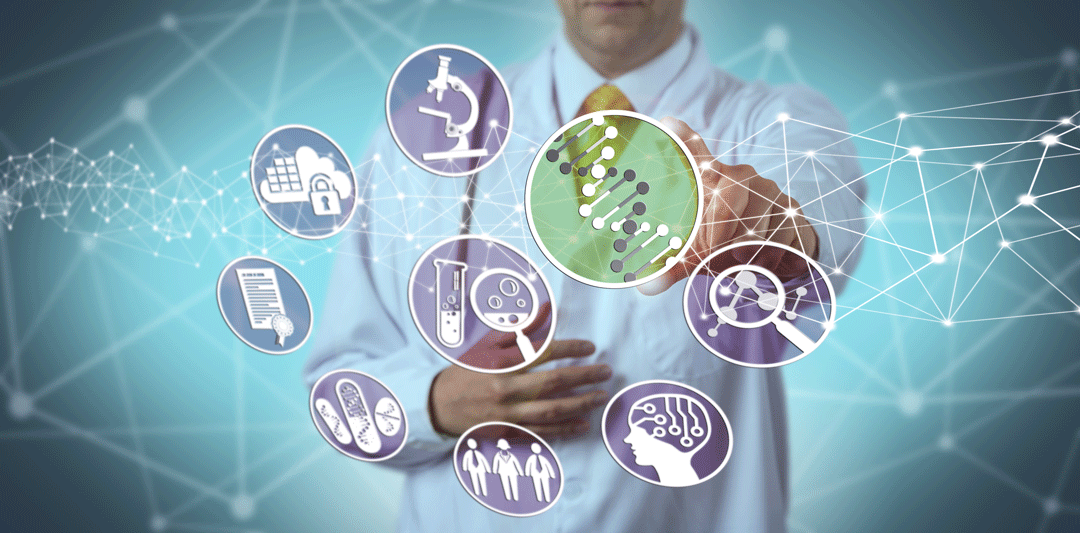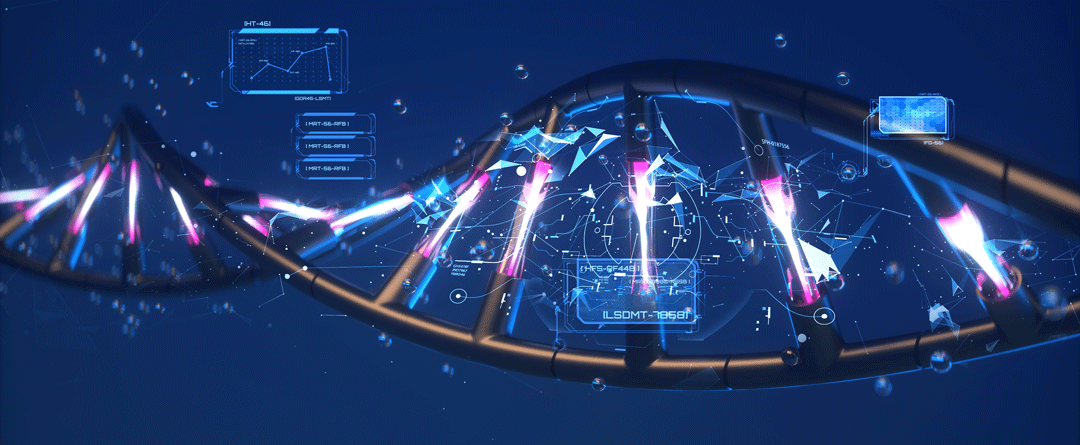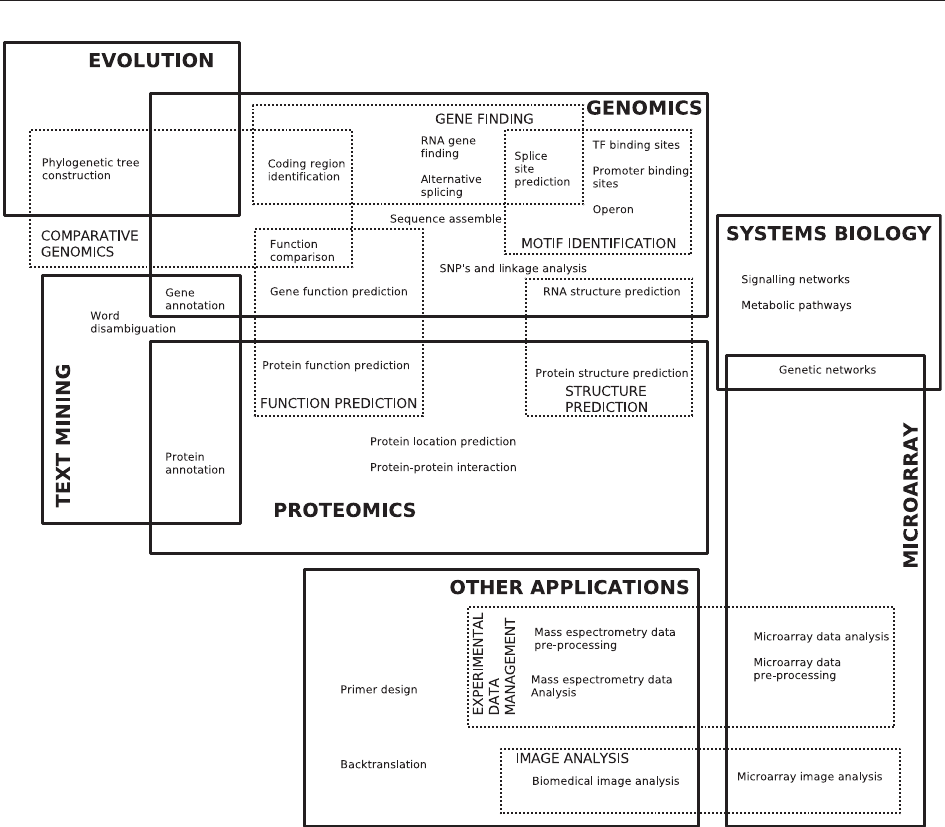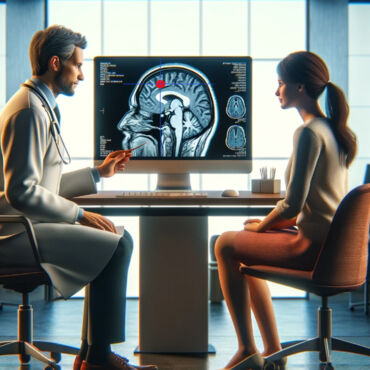Artificial intelligence drives progress
AI algorithms simplify your bioinformatics processes and solve problems where you get stuck.
When and why have it all started?
At the end of the 1980s, the international research project called Human Genome Project (HGP) began. The main goal of HGP was to obtain a complete sequence of the human genome and to identify all of the human genes from both a physical and a functional standpoint. In 2003, after several years of work, the success of the project and the completion of the first-ever human genome sequencing was announced. The Human Genome Project has brought benefits in many areas, for example, it has contributed to the rapid development of genomic research and thus to the generation of more and more biological information.
Bioinformatics as a springboard for rapid development
Without proper analysis, the data itself does not carry any information and therefore it is impossible to formulate any theses and conclusions on their basis. Manual evaluation of such an amount of data is not possible in practice, that is why we are supported by a field of science combining both biology and computer science – bioinformatics.
Bioinformatics: what is it?
National Center for Biotechnology Information (NCBI) defines bioinformatics as the interdisciplinary field of science in which biology, information technology, and computer science merge together, to allow new biological discoveries and insights and also help create a global perspective from which the principles of Biology can be identified.
The main goal of bioinformatics is to improve the understanding of biological processes at a molecular level
To put it simply: the main goal of bioinformatics is to increase the understanding of biological processes at the molecular level by developing algorithms and tools and then applying these algorithms and tools to generate and interpret biological knowledge.
How can artificial intelligence help you in bioinformatics?
Application examples
Biological data is highly heterogeneous and complex, e.g., four distinct levels of protein the structure can be defined. Each of these levels simplifies to a primary structure, that is, an amino acid sequence. The interactions that form and maintain the protein structure take place both within each level and between them. We can only imagine how complex the structure of the protein molecule is!
At this point, artificial intelligence comes to our aid. It has the ability to remember certain patterns and information, and then uses the learned patterns for new data – for this reason, it is an ideal tool that supports bioinformatics. Machine learning is also very helpful in analyzing huge data sets and it allows to reduce or even completely eliminate human error.
Machine learning has been applied to many various biological domains, such as genomics, proteomics, phylogenetics, systems biology, text mining, microarray data analysis, and other areas that include primer design, image analysis (computer vision), and experimental data management.
Figure 1. Applications of artificial intelligence in various areas of biology.
Source: Varma, D & Devarapalli, Dharmaiah & Tech, M. (2012). Comparative Analysis Of Classification Algorithm In Multiple Categories Of Bioinformatics. International Journal of Engineering and Technical Research. 1. 2012.
Machine learning models can be used to solve many bioinformatic problems, such as:
- Determination of similarity between sequences –comparison of DNA, RNA, protein sequences
- Determination of phylogenetic similarity (kinship) between sequences –phylogenetic tree construction
- Pattern/motif identification –identification of genes, introns, alpha helix
- Microarray data analysis –determination of gene expression level
- Molecular modeling and docking– finding how two or more molecular structures fit together
- Feature selection –biological data is highly dimensional and not all of it carries information, therefore it is necessary to limit the amount of data used for computations; used in the COVID-19 evolution analysis
- Determination of the spatial structures of the protein
- Gene-based clustering –division into groups that encode closely related proteins
- Categorization and classification of new data
Image recognition (computer vision), one of the artificial intelligence techniques are also used in bioinformatics. It is used in:
- Segmentation – g., vein and bone segmentation
- Quantification – e.g., mitotic cells count in breast cancer
- Localization – g., determination of the focal cortical dysplasia (FCD) location in the brain
- Computer-aided diagnosis
- Gesture recognition – e.g., hand pose estimation for detecting and monitor movement disorders, such as Parkinson’s disease
The increasing amount of data makes it necessary to search forever newer techniques for efficient analysis and interpretation of a huge amount of complex biological data. At this point, machine learning comes to our aid.
It easily handles the evaluation of experimental results and is also resistant to common human error!
An additional advantage of artificial intelligence is the fact that, apart from biology, it is used in many areas of our lives, such as law, finance, technology, or security.








